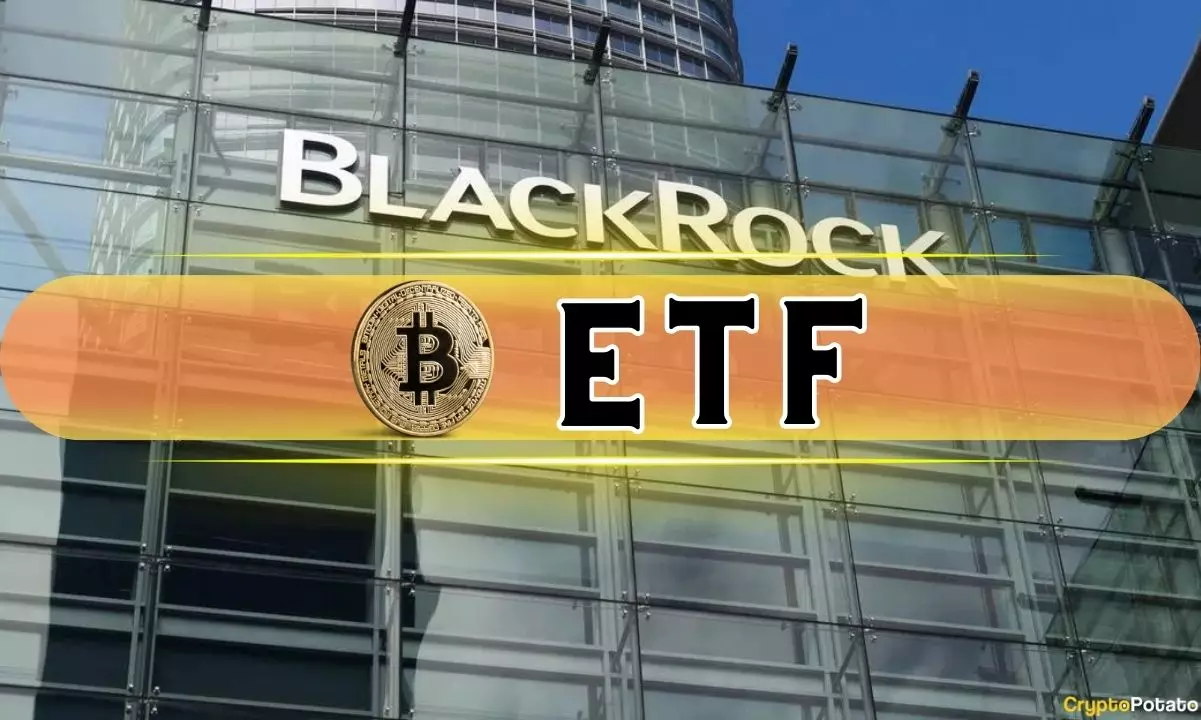The landscape of Bitcoin investments is witnessing significant shifts as the United States reasserts its position as a dominant player in the cryptocurrency market. Recently, Ki Young Ju, the founder of CryptoQuant, highlighted that the U.S. is regaining its foothold concerning Bitcoin (BTC) holdings among global players. This trend is believed to be spurred by a surge in demand for spot exchange-traded funds (ETFs) dedicated to Bitcoin. An analysis of recent data showcases a rising ratio of American BTC holdings, yet they remain below the impressive levels reached during the cryptocurrency’s all-time high observed in March 2024.
Growing interest in spot Bitcoin ETFs can be measured through inflows that demonstrate both the attractiveness of Bitcoin as an investment and a general recovery in market sentiment. Data indicates that inflows on September 25 alone accounted for an impressive $106 million, marking the fifth consecutive day of positive investment for these products. Since their introduction in January, total net inflows across all spot ETFs have approached an astounding $18 billion, highlighting a strong recovery trajectory. Notably, BlackRock’s IBIT fund has been a noteworthy standout, garnering $184.4 million in inflow this month alone.
However, the enthusiasm surrounding Bitcoin ETFs isn’t universally reflected across all funds. The Fidelity-managed FBTC and the Ark Invest’s ARKB experienced outflows amounting to $33.2 million and $47.4 million, respectively. In a competitive market, Bitwise managed a modest inflow of only $2.1 million, while the other major players like Grayscale reported zero activity. This mix of inflow and outflow illustrates the nuanced dynamics of investor sentiment and highlights the potential volatility in the market.
The ongoing debate amongst market analysts has ramped up, particularly concerning the implications of recent reports on ETF performance. Nate Geraci, president of ETF Store, raised an interesting point regarding narratives suggesting a decline in BTC ETF flows, pondering whether these views stem from businesses with vested interests or general market expectation misalignments.
Moreover, veteran trader and chart analyst Peter Brandt emphasized the current trend of Bitcoin prices, marked by a series of lower highs and lower lows. He pointed out that achieving a breakout above July’s peak of just over $70,000 would be essential for revamping market sentiment and confirming a bullish trend.
As of the latest updates, Bitcoin traded down by 1.1%, sitting at $63,520. The cryptocurrency faced rejections at the resistance level of $64,500 multiple times this week, complicating its attempts to breach this psychological barrier. Conversely, it has managed to find support at approximately $62,850, indicating some degree of stability amidst fluctuating sentiment.
The broader crypto market has not remained unscathed, with total market capitalization declining by 2.1%. Altcoins, often correlated with Bitcoin, faced even more significant declines, leading to concerns about the resilience of the entire crypto ecosystem. Such patterns underscore the interconnected nature of cryptocurrency trading and the uncertainties that persist.
While the United States is regaining ground in Bitcoin holdings, the market as a whole faces challenges that could shape its trajectory in the coming months. Investors and analysts alike will be closely watching these developments as they unfold.


Leave a Reply